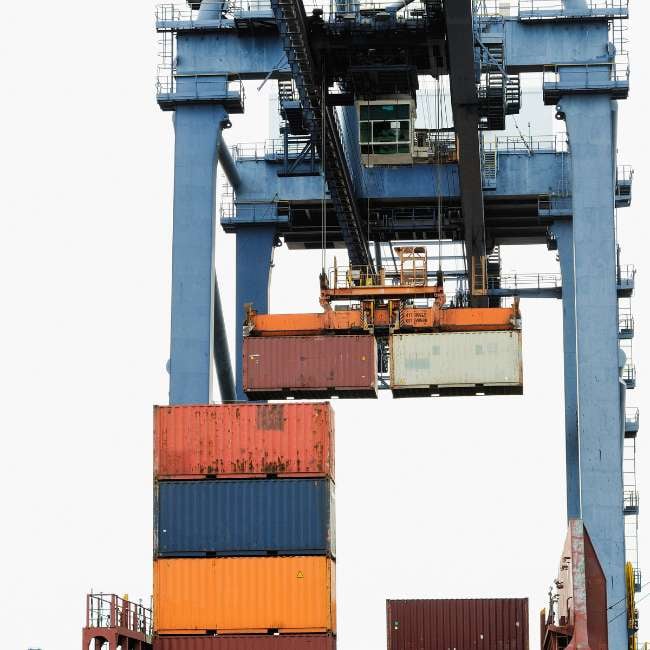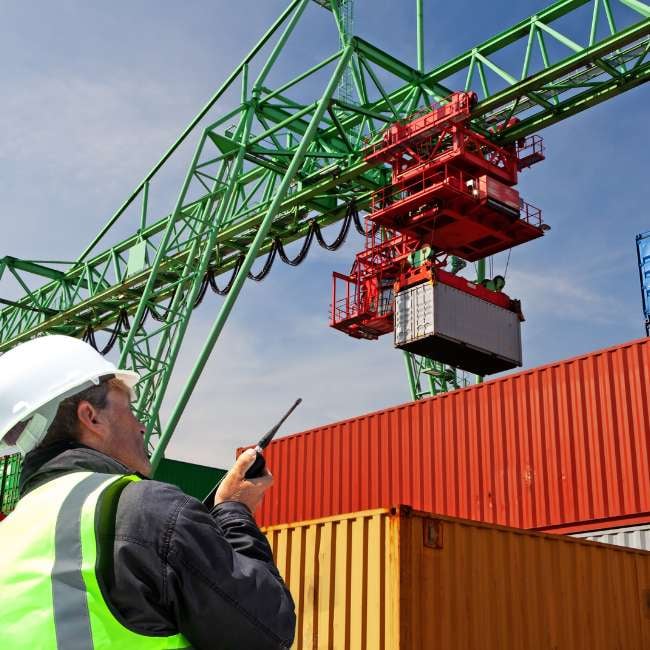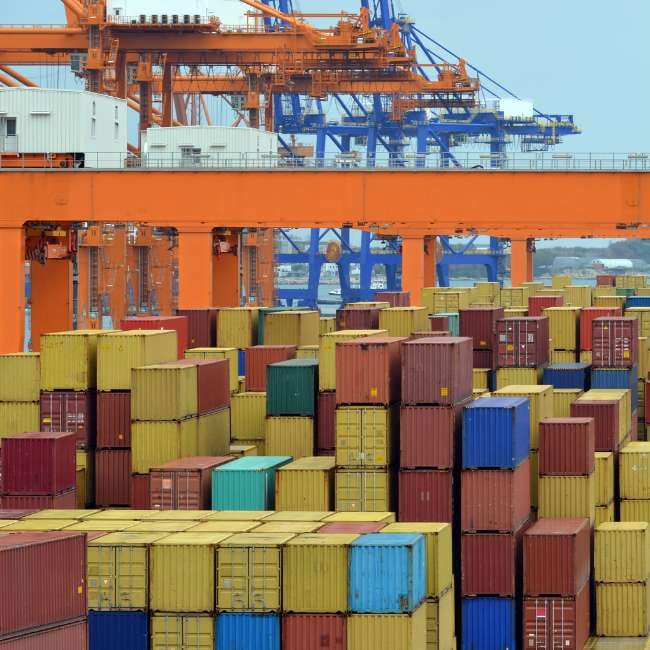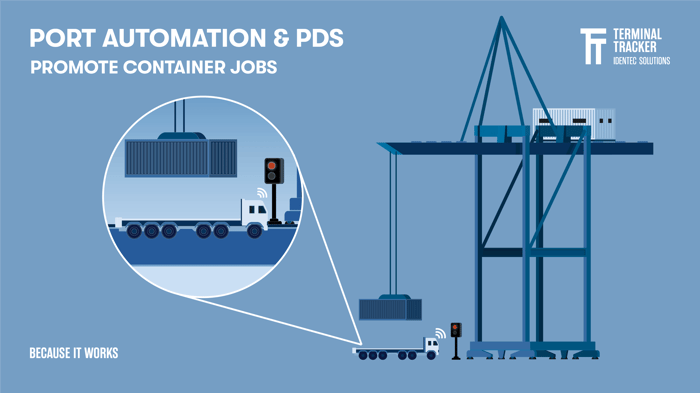Whitepaper: PDS and Port Automation - The Benefits of a Position Detection System


The Benefits of Automation
The first major push for port automation came in the 1990s as global trade surged. This led to a need for more efficient intermodal equipment and trained labour. However, with the advent of information technologies, it became possible to integrate physical and informational systems, which made automation possible. In combination with growing ship sizes, this has encouraged ports to improve their productivity, namely throughput and ship turnaround time. As a result, automated ports are now able to handle 30% more traffic than standard terminals. Automation has thus changed the global logistics landscape by making it more efficient and effective.

The need for Position Detection Systems (PDS)
In order to maintain the tight schedule of the global logistics chain participants, it is important that container handling is done safely and without delays. A position detection system can be used in a container port to help with this.
Yard operations are suitable for automation. But yard automation requires container position determination systems that make the location of all the containers within the terminal known at any time through sensors. This enables their effective management, making them available to be quickly retrieved for loading on a ship or picking up for inland distribution.

Port automation with PDS - a global picture
Despite the technological difficulties, the high capital investment in upgrading ports and the unfulfilled expectations of overall efficiency, automation takes place: By 2021, 51 terminals worldwide are considered automated (20) or semi-automated (31). A fully automated terminal is a terminal where both the stacking yard and horizontal transfers between the quay and the yard are automated. This means that a container is handled automatically from the dockside to the pickup area. On the other hand, a semi-automated terminal only involves an automated staking yard.

Port automation, PDS and the future
As communities and policies implement more and more environmental standards, clean and energy-efficient terminals are moving into focus. Fully automated terminals result in significantly lower emissions than conventional terminals because the handling equipment used runs mainly on electric power instead of diesel fuel. In addition, the terminal design minimises the amount of travel (and idling) for horizontal transport and over-the-road trucks. This is particularly relevant in densely populated areas, where the city authorities monitor air pollution and force ports to improve their emissions. Some terminals already plan to use zero or near-zero-emission container-handling equipment by 2030.

Download this whitepaper and learn about
-
The main benefits of port automation
-
Why you need a Position Detection System (PDS)
-
Who is using PDS
-
The barriers to port automation
-
The future of port automation